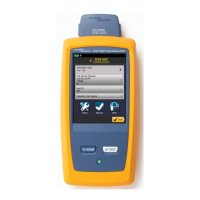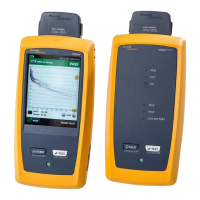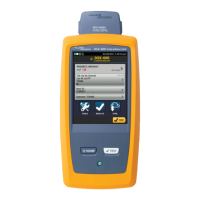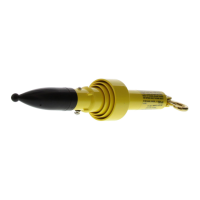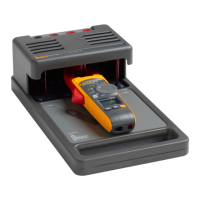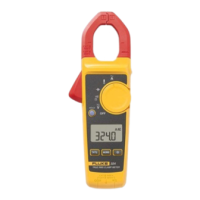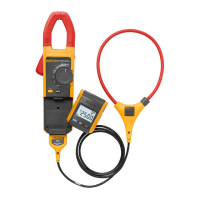Glossary
Horizontal Cross-Connect
C
C-7
Horizontal Cross-Connect
A group of connectors, such as a patch panel or punch-down block, that allows equipment
to be cross-connected with patch cords or jumpers. The horizontal cross-connect is usually
located in a wiring closet.
Impedance
Opposition to the flow of ac (alternating current) signals. Impedance is caused by
inductance and capacitance. Unlike resistance, impedance varies with the frequency of the
applied ac signal.
Impedance Discontinuity
An abrupt change in a cable’s characteristic impedance. Impedance discontinuities can be
caused by faulty connections, mismatched cable types, and untwisted sections on twisted
pair cable. Also called an anomaly.
Inductance
A property of a device that tends to oppose changes in current. Inductance is an
undesirable characteristic of cables because it causes signal attenuation.
Inductive Pickup
A device that emits sound when placed near a source of electromagnetic emissions.
Inductive pickups are used to locate individual cables in a bundle.
Jabber
A network fault condition where a frame longer than 1518 bytes is detected. Network
protocols specify a maximum packet length that one station may transmit before other
stations are allowed to transmit.
Level I, Level II, Level IIE, and Level III Accuracy
Levels of performance requirements for field testing of installed, unshielded twisted pair
cable links. Level I is acceptable for testing channels. Level II has tighter limits and is
preferred for testing basic links. These requirements, which evolve over time, are
published in TSB-67. Levels IIE and III apply to Cat 5E and the proposed Cat 6 standards,
respectively.
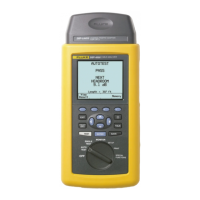
